Henry Worsley is in the middle of nowhere. At every direction there is merely glistening whiteness, low glaring sun as far as the eye can see, reflecting off the blinding white snow.
In the frozen landscape at his feet, he carves out a haunting phrase: “I am the Antarctic.”
He snaps a photograph of the scene.
Now this evocative image forms one of the most memorable photographs in David Grann’s new book “The White Darkness” – a thrilling work of nonfiction charting the polar expeditions of a latter-day British explorer, Henry Worsley, and the adventures of his predecessor – and idol – Ernest Shackleton, in the early 1900s.
“All you see in this image is nothing but this white, icy scape and then this strange graffiti that he had written,” says Grann, who is a staff writer at The New Yorker and author of acclaimed book “The Lost City of Z.”
“The White Darkness” is published by Doubleday – a division of Penguin Random House – but started life as an enthralling long-read in The New Yorker in February 2018. Its title is taken from one of Worsley’s audio dispatches:
“Anyway, I’m back on track and now happy I can part a straight line, even through another day of the white darkness.”
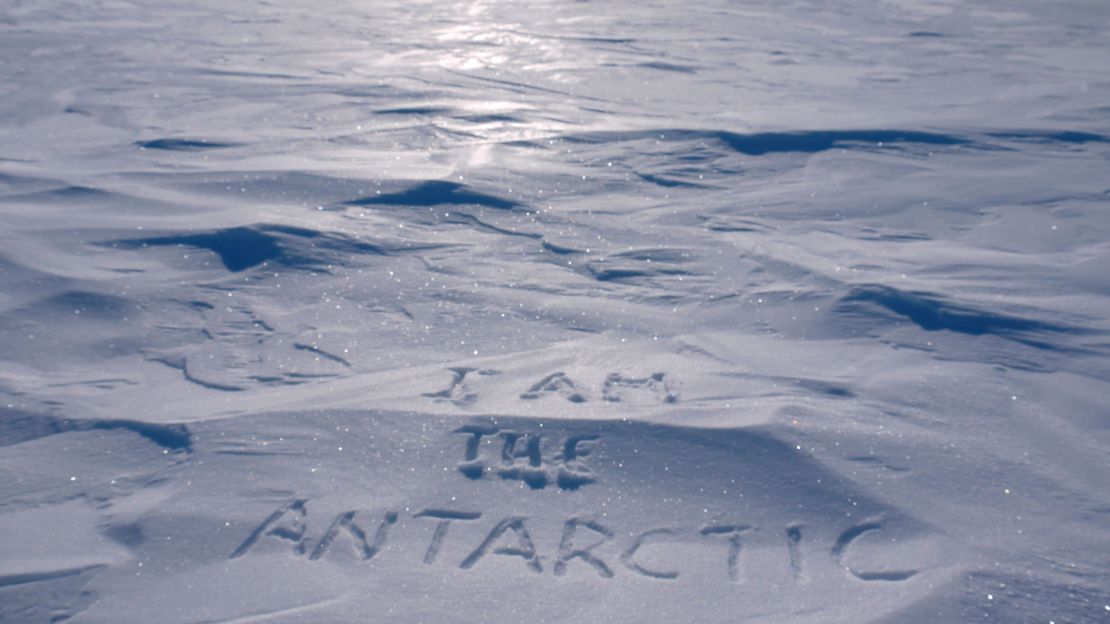
Both Worsley and Shackleton’s stories, interwoven by Grann in his book, are tales of endurance, questioning the meaning of heroism and why some of us are driven to push ourselves to the extreme.
“I think there is always kind of a mystery at the heart of what drives humans to test themselves,” says Grann. “They can never be easily or in any kind of simple psychological way explained.”
If Worsley and Shackleton are Grann’s heroes, the Antarctic is the enigmatic anti-hero, the brutal-but-beautiful, not-quite-villain who has an irrevocable hold over both men.
“I think one of the great challenges was not just understanding Henry but was also trying to understand that environment […] . Antarctica is really a place unto itself. It’s more like contemplating Mars than it is contemplating a part of Earth,” says Grann.
Endurance

Shackleton is best remembered for two of history’s most successful failures.
In 1907, aged just 33, he led an expedition to Antarctica with three other men – determined to reach the South Pole.
By late 1908, only 97 nautical miles from the Pole, he calculated that it wasn’t safe to continue and his men turned around. At the time, it was still the southernmost point reached by humans.
Flash forward to 1914 and Shackleton had a new goal – to complete the first land crossing of Antarctica. But not long after setting out on this odyssey, a band of fellow explorers in tow, Shackleton’s ship “Endurance” became encased in ice. Over an unforgiving, testing icy winter, the Endurance was slowly crushed and sunk into the freezing waters below.
Incredibly, Shackleton’s leadership ensured his entire crew survived in brutal conditions throughout the testing months that followed. In “The White Darkness” Grann writes that Shackleton “almost insisted” that they remain cheerful.
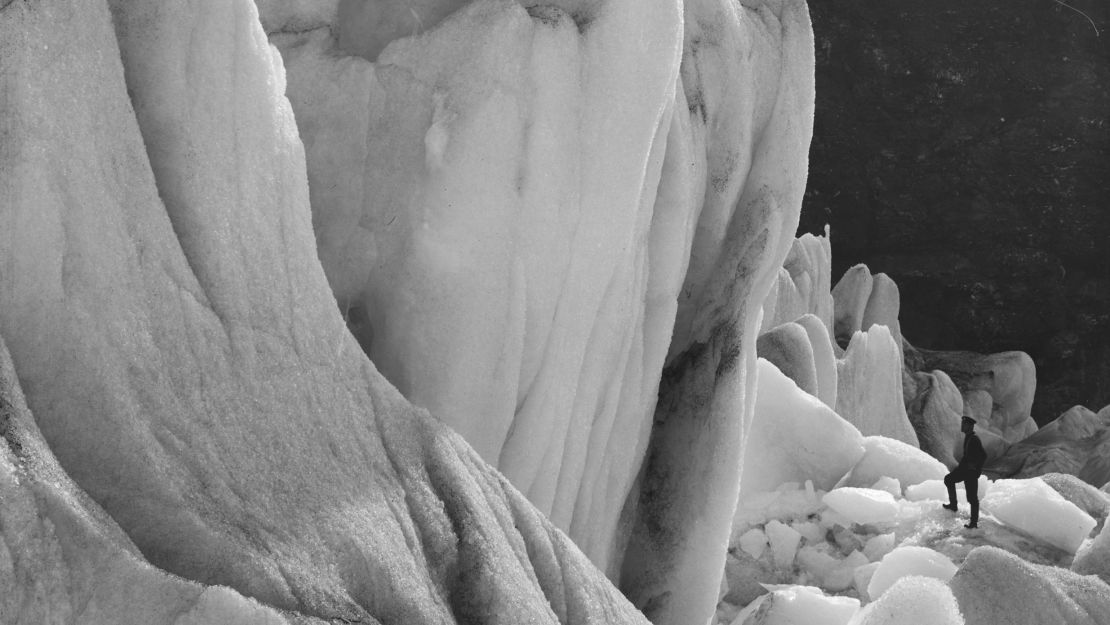
After the ship was lost, Shackleton and his crew dragged the salvaged lifeboats across the ice, surviving for 17 months in pop-up camps in crazy conditions.
“He always rescued his people from certain death and he emerged as one of history’s greatest leaders,” Grann says.
Now Shackleton’s the subject of self-help books and business manuals, inspiring everyone from astronauts to Wall Street brokers. But in Shackleton’s own lifetime, his exploits were soon eclipsed by more successful polar expeditions.
That’s because our definition of heroism, Grann says, changes with the era.
“I do think heroes are in many ways a reflection of our times, because they reflect who society chooses to elevate among so many people who are doing various deeds,” the writer muses.
Following in Shackleton’s footsteps
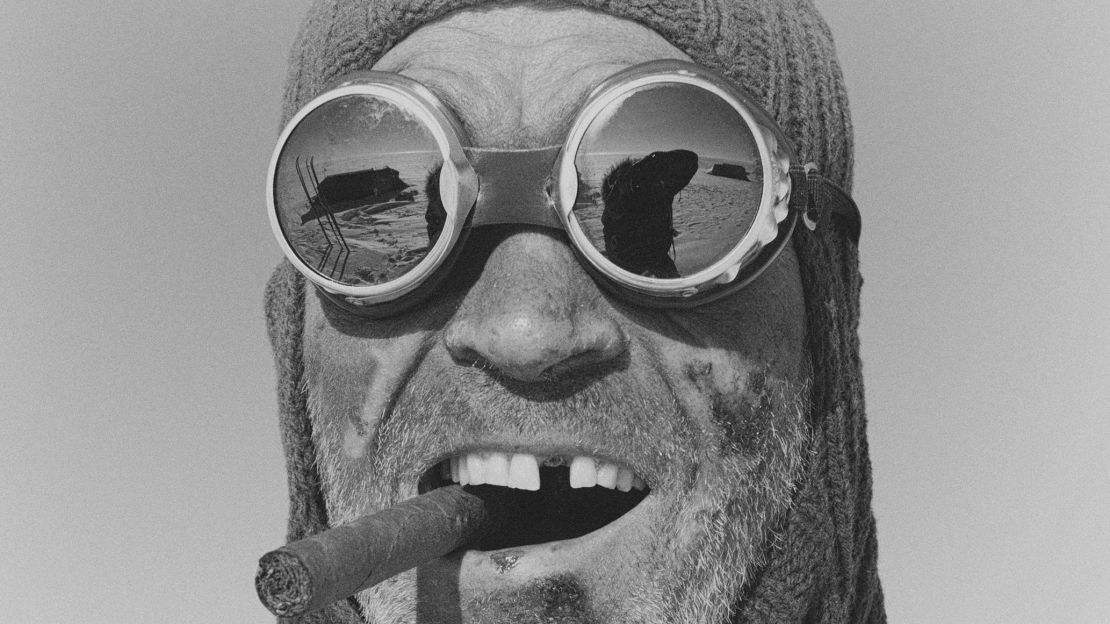
Shackleton’s leadership, his ability to inspire loyalty and morale and his Antarctic quests made him a natural icon for adventurous British Army veteran Henry Worsley.
Worsley pored over Antarctic books as a boy, thrilled to discover he was a distant relative of one of Shackleton’s crew members. No one who knew him was surprised when he decided, in 2008, to embark on a centenary Antarctic South Pole expedition with Will Gow, a descendent of Shackleton and Henry Adams, the great-grandson of another crew-member.
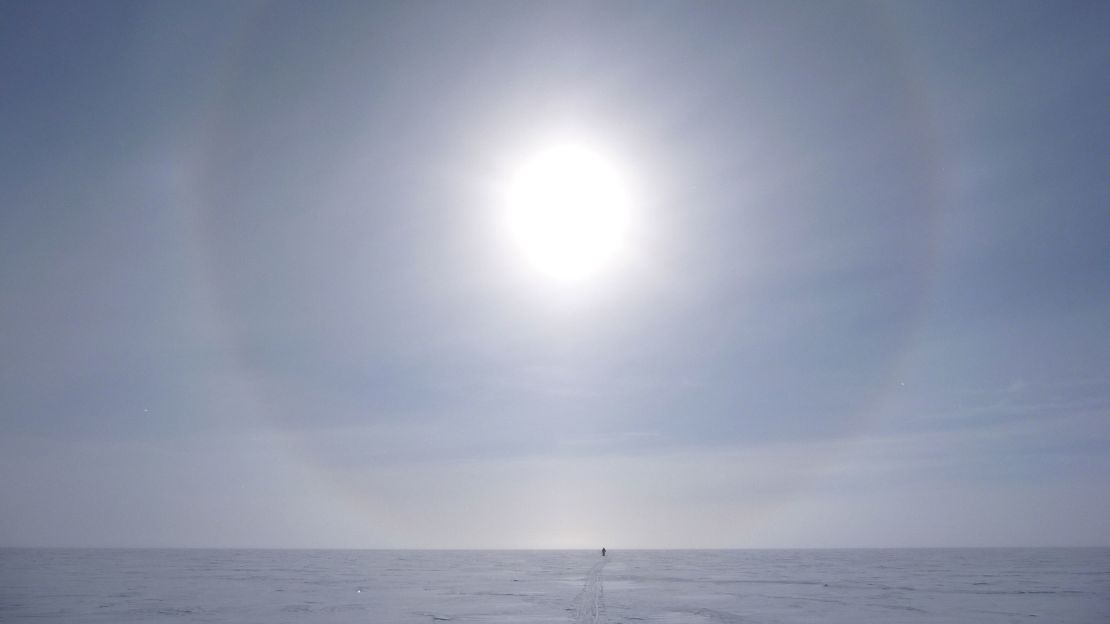
“Henry wasn’t a religious person, but I think he always felt this deep spirituality about the Antarctic – and of course he liked the idea that he would be in a place that had been untrodden,” says Grann.
Worsley, Gow and Adams were pushed to extremes in their Antarctic trek, exposed to impossibilities they couldn’t have fathomed before they arrived in the ice blue, empty far South landscape.
But Worsley, inspired by Shackleton and driven by his own thirst for adventure and exploration, helped his men remain committed to their goal.
“He was an officer and he served tours with the SAS and he was always repeating this – their motto: “A little further a little further.” And he always repeated the line from Shackleton’s family motto: “By endurance we conquer,” says Grann.
Incredible images

When Shackleton’s ship, Endurance, became enveloped by the Antarctic’s deadly ice, his expedition photographer Frank Hurley continued to document events that followed. He salvaged the camera equipment and trekked through the Antarctic with it in tow.
His resulting photographs are cinematic in their scope – especially those of the imposing, iconic ship, forever to remain in the frost. Then there’s the men exploring the ethereal dreamscape of the Antarctic. Lit by flares, the images take on a striking effect, chilling and captivating all at once.
On Worsley’s 2008 expedition, his colleague Gow took his own vibrant photographs of the impossible landscape. Worsley, too, documented his adventures with photography.
“These photos are just really quite remarkable and they get to some of the things that we’ve talked about – which are just trying to wrap your mind around this landscape, trying to wrap your mind around these people setting off in this immense landscape,” says Grann.

There are pictures of the sastrugi, the hard ridges on the snow and ice, sculpted by strong winds and almost impossible to circumvent. In many images, the outlook is almost a total white-out, with the red of the tent the only color visible.
When, in 2008, Worsley and his fellow explorers reached 88°23’S, the southernmost point reached by their forebears 100 years previously, they recreated the iconic image of Shackleton and his team, wrapped in furs, Union Jack flag blowing in the wind.

But, as Grann notes, reaching this famous point was by definition anticlimactic.
“They get to this spot that has kind of fueled their dreams and almost lured them to their demise and they look around and there is nothing there, but barren windswept ice. This place, their grail, was really no more than a geographical data point,” he says.
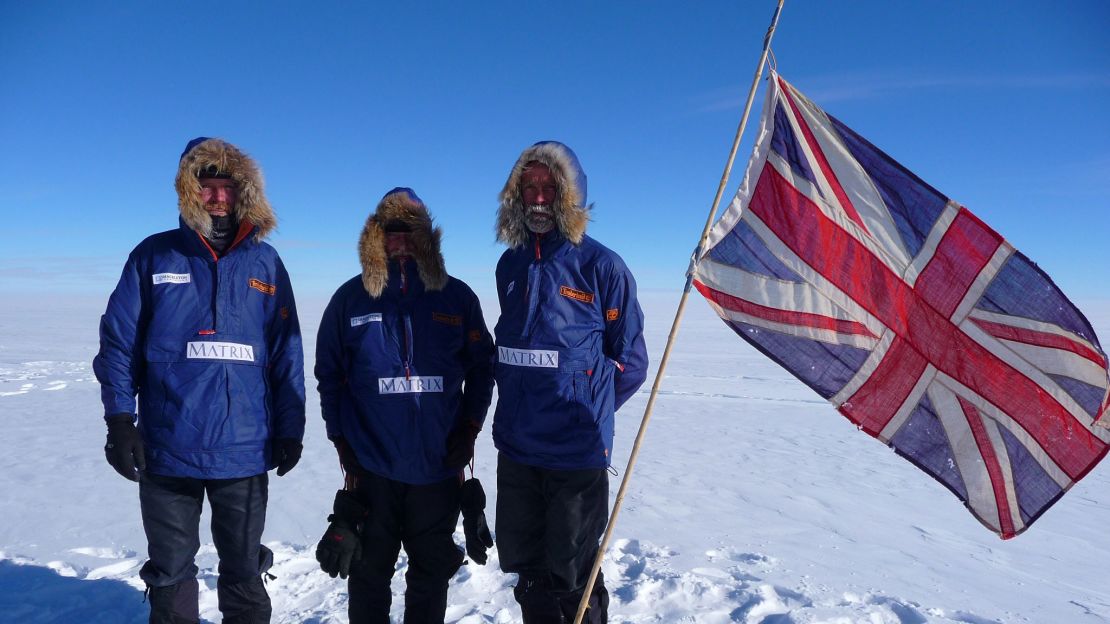
Adams, one of Worsley’s companions, “What is Antarctica other than a blank canvas on which you seek to impose yourself?
This quote stuck with Grann – it seemed to get to the heart of polar exploration.
“The discovery is not a scientific breakthrough or or some ancient civilization or ruins, it is this geographical data point in the middle of empty barren ice,” he says.
Polar explorers past and present seem to be driven by an internal desire to succeed, to push further, to achieve a feat that forever seems just out of reach.
The return

Worsley returned to Antarctica in 2011, leading a six-strong team retracing Roald Amundsen’s journey to the South Pole.
But even when he was back with his close-knit family – his wife Joanna and children Alicia and Max – he still found himself dreaming of the Antarctic wilderness.
Worsley’s family are very much at the heart of the story Grann has woven in “The White Darkness.”
“One of the things that really drew me to the story was this remarkable love story at the heart of it between Henry and his wife Joanna,” says Grann.
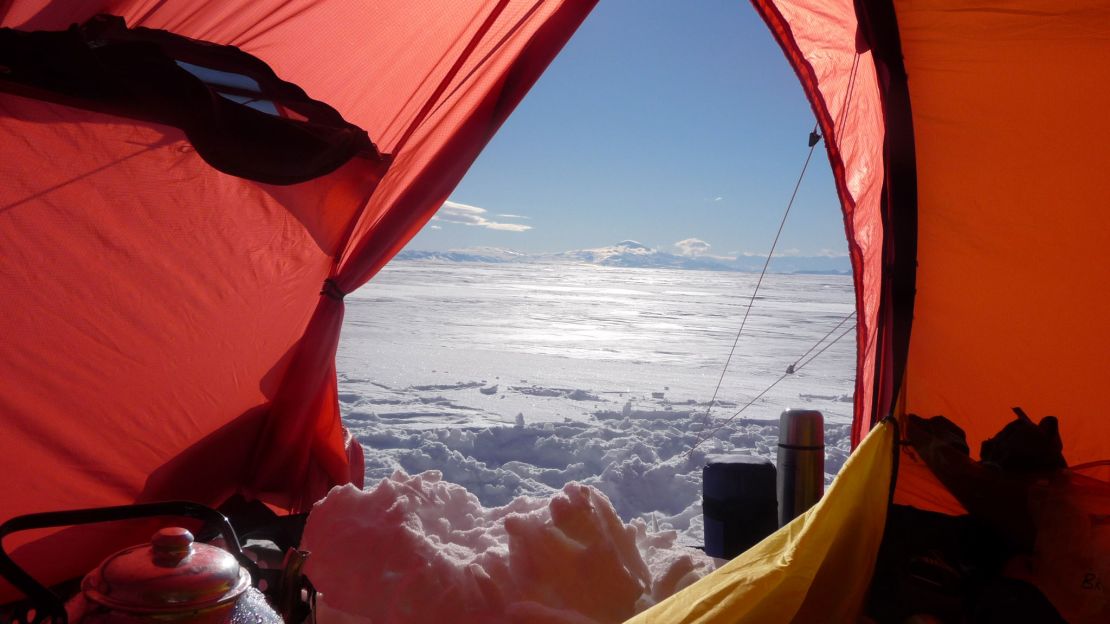
Joanna, Alicia and Max gave Grann access to Worsley’s photographs and diary entries, and spoke to Grann about Worlsey’s experiences – and their own.
Henry’s only “mistress”, Joanna used to joke, was Antarctica.
“I think everybody is different,” says Grann. “I think some people make a journey like that and they do get it out of their system. But for Henry, Antarctica has been inside him since he was young.”
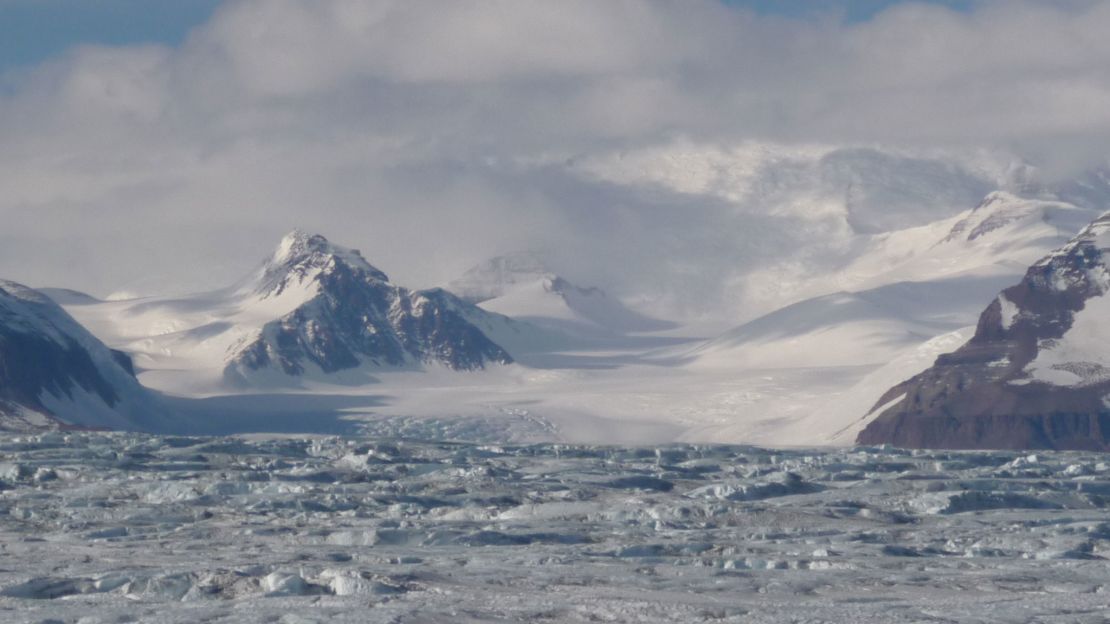
“It kind of consumed his imagination, he’d become a leading authority on the Golden Age of Antarctic Exploration and on Shackleton.”
Grann’s story depicts the duality of a man who was deeply committed to his family, but also had this urge to challenge himself, to push himself to endurance and extremes:
“This man who was […] a very devoted father and family man and yet had this other obsession that drew him to the most treacherous place, a place that could take life at any moment,” says Gann.
Next step
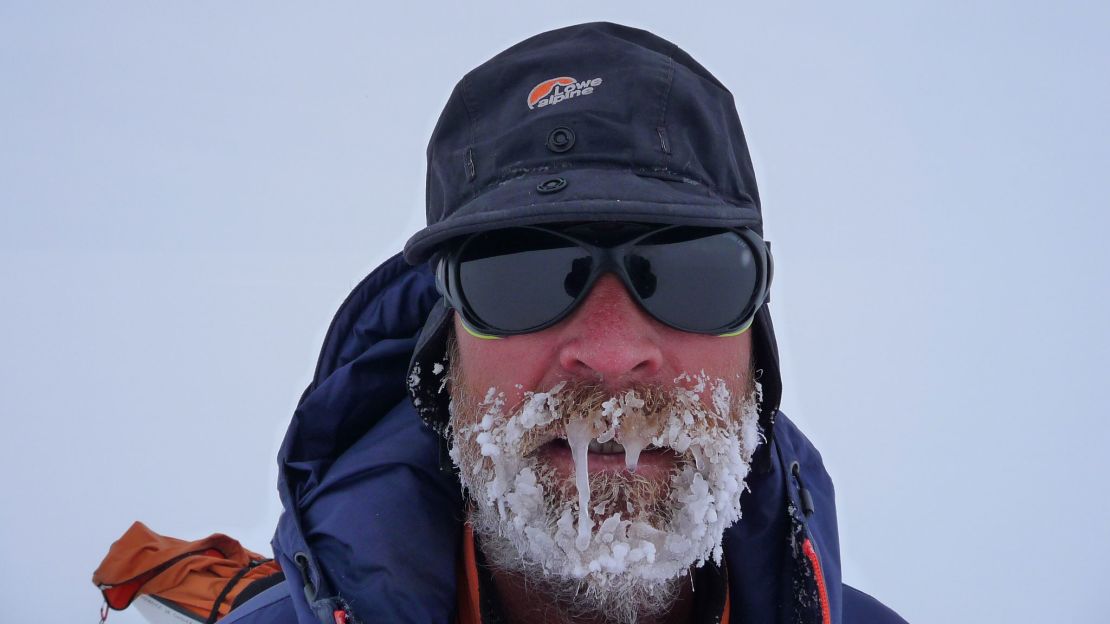
Back in the UK, Worsley began planning his next feat of endurance – the first solo trek, unaided, across the Antarctic.
“He was always setting the compass farther and of course in his final expedition, where he sets out to walk across Antarctica alone and unsupported and unaided was something that nobody had ever dared to do,” says Grann.
In “The White Darkness”, Grann constructs both Worsley and Shackleton’s stories like thrillers, edge-of-your-seat tales about finding the unconquerable, flirting constantly with living and dying, the juxtaposition between the “real” world and the one of their ambitions.
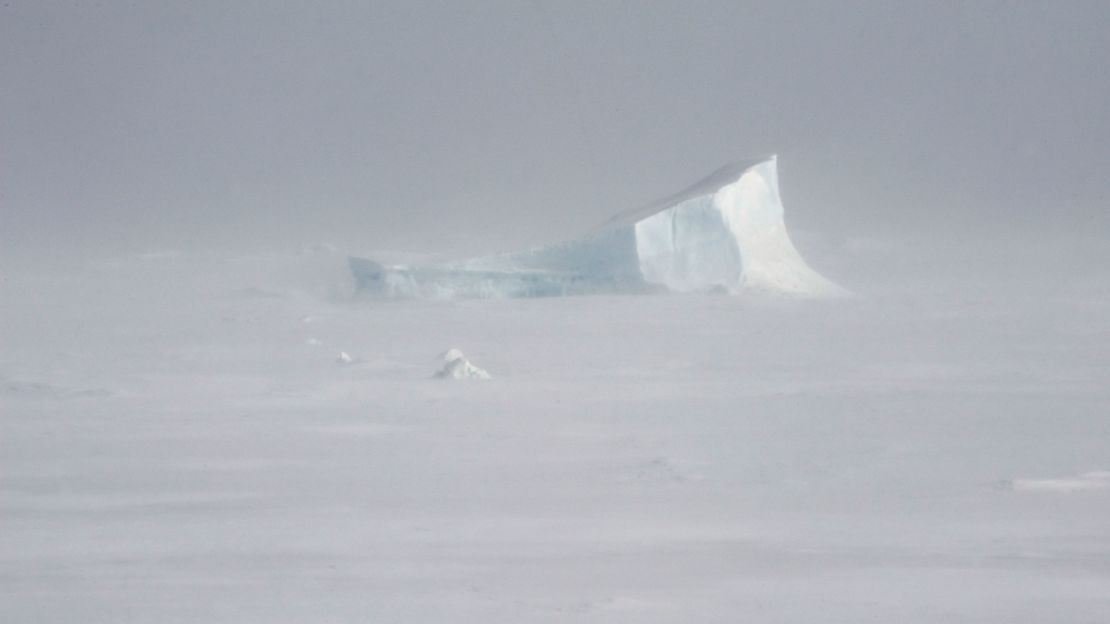
“I tried to tell the story from the perspective of people who are going on adventures and they don’t know what’s going to happen at any moment and death always lurks with every step,” says Grann. “So I think in telling it from that perspective it hopefully lets the reader feel both the enormous excitement and the momentary terrors that the people on these expeditions are feeling.”
In Grann’s book, when Worsley begins his solo trek, the reader feels a sense of foreboding. The explorer was back in this challenging place, alone.

Grann writes how Worsley sent daily audio broadcasts back home and wrote about the treacherous experiences in his diary. Worsley was constantly testing his abilities as a leader, but in his final journey he had what Grann calls “the most difficult challenge” – commanding himself.
But he was determined to complete his challenging task. In crossing Antarctica unaided, he would raise money for the Endeavour Fund, a charity that helps wounded army veterans in the UK. Britain was behind him – including the Duke and Duchess of Cambridge and Prince Harry. He was heralded as a hero, a Shackleton for the 21st century.
But what does it really mean, to be a Shackleton?
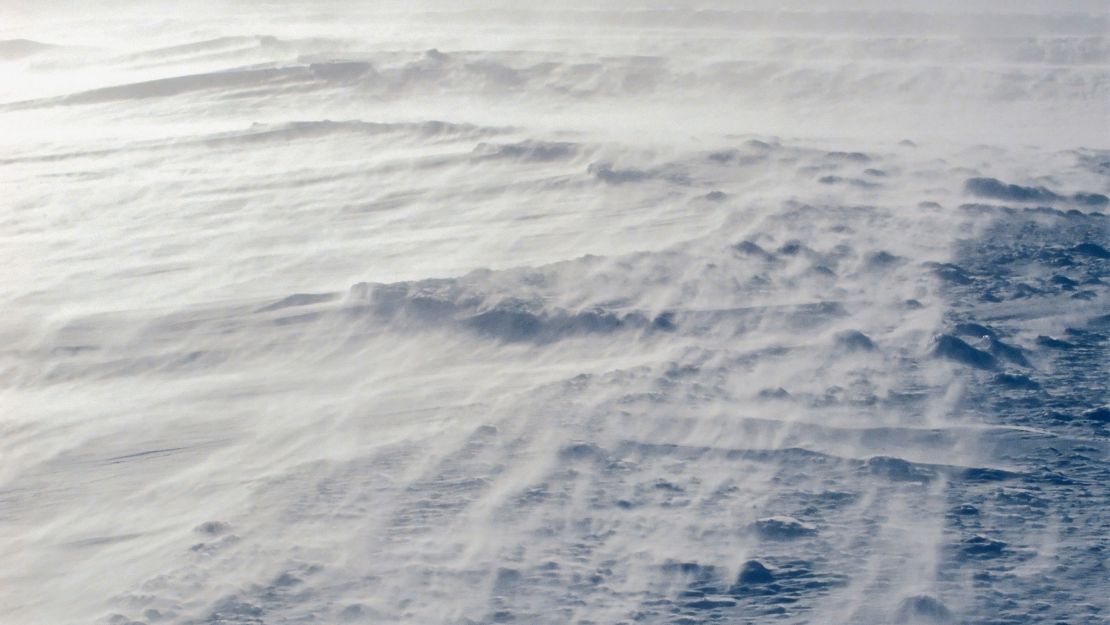
“I think to some degree there is a misunderstanding of what made Shackleton great and I think in our societies, we tend to want to always think we could conquer by endurance – there’s this idea that somehow anything can be triumphed and I think people gravitate to Shackleton because of that,” says Grann.
“But I think one of the central lessons of Shackleton – I think one of the central lessons that Worsley grappled with on his last expedition – is really failure and the fact that we can’t conquer everything and the fact that we have human limitations. And I think that’s a more profound and difficult lesson to accept.”
Hopeful future
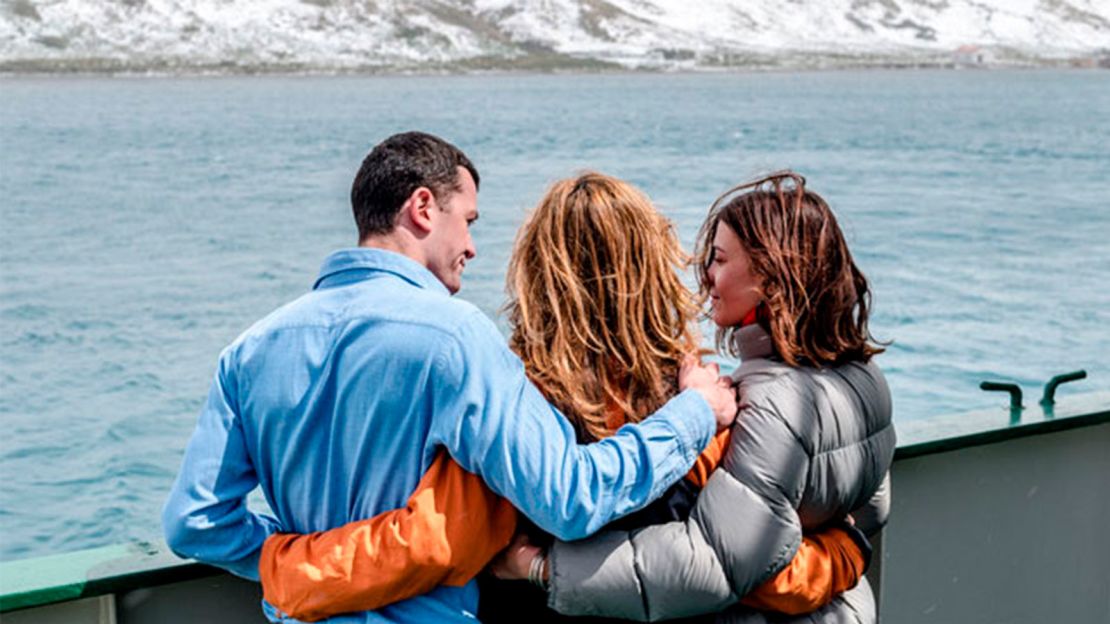
Tragically, Worsley’s solo trip was his last. He fell victim to a serious infection after being rescued just 30 miles from his goal.
But his story isn’t one lacking in hope. His life continues to inspire; his friend Louis Rudd is about to begin his own solo expedition to honor his friend. Other explorers are also planning their own crossings – American explorer Colin O’Brady just started his own odyssey across Antarctica.
Meanwhile, Worsley’s wife and children visited South Georgia Island in 2017 on a pilgrimage commemorating Worsley. His life and adventures have now been immortalized in Grann’s book.
There are also plans, Grann confirms, to bring Worsley’s adventures to the big screen in the form of a movie. The story has been optioned by Imperative Entertainment, the company currently working on an adaptation of one of Grann’s other books “Killers of the Flower Moon: An American Crime and the Birth of the FBI.”
“Henry’s family is really quite remarkable,” says Grann.
He adds that while many might look upon Henry as the hero who is battling Antarctica, “I also look upon the family and upon his wife Joanna who are […] dealing with his loss and that grief and, in many ways, face their own Antarctica and I have great admiration for the way they do that.”








![<strong>Otherworldly:</strong> When writing about the 2008 expedition to the South Pole, Grann tried to get into the mindset of the explorers. "I think one of the great challenges was not just understanding Henry but was also trying to understand that environment [...] . Antarctica is really a place unto itself. It's more like contemplating Mars than it is contemplating a part of Earth," he says.](https://media.cnn.com/api/v1/images/stellar/prod/181031153115-burrowed-into-the-tent-amid-freezing-gale-force-winds-courtesy-william-gow.jpg?q=w_2048,h_1152,x_0,y_0,c_fill/h_447)



![<strong>Juxtaposition: </strong>Grann's story charts the juxtaposition between Worsley as a family man and as an adventurer. "This man who was [...] a very devoted father and family man and yet had this other obsession that drew him to the most treacherous place, a place that could take life at any moment," muses Gann.](https://media.cnn.com/api/v1/images/stellar/prod/181031153618-the-view-courtesy-william-gow.jpg?q=w_2048,h_1152,x_0,y_0,c_fill/h_447)















